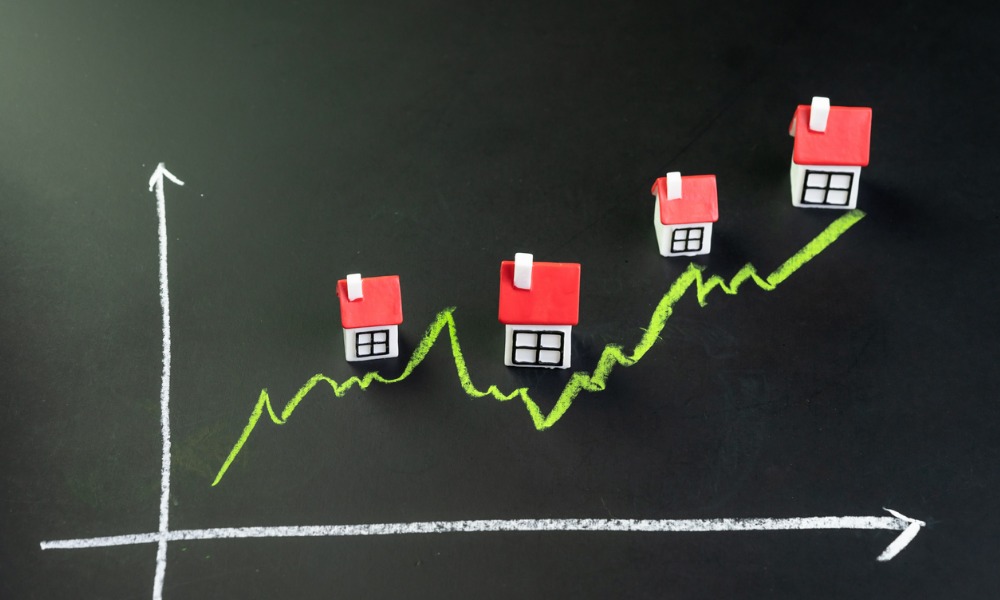With empty rates rising, property owners’ ability to increase rents at will may be on the wane

With vacancy rates rising across Australia in recent months, the ability of property owners to hike up rents at will may be coming to an end.
Property research company SQM says that the trend of spiking rents may be hitting a peak, according to a report by The Australian. SQM director Louis Christopher told the publication that a return of workers to the capital cities, along with more supply, will put a stop to large rental increases, particularly in the regions.
Christopher said that the vacancy rate has improved in more than 20 regions in the last three months. A higher vacancy rate means more empty apartments available.
Christopher said the Queensland market, where the rental crisis has had the most impact, had reached a turning point after the “white-hot” pace of rental hikes over the last year.
“It’s early days, but rents may peak shortly,” he told The Australian.
The rental crisis has also been severe in regional Australia, with some towns having twice as many job vacancies as available rental properties. Outside Sydney and Melbourne, vacancy rates have been less than 1%, while in the larger cities they can be above 2%.
Recent data from CoreLogic indicates that the pace of rental increases has slowed, with September showing the smallest monthly increase so far this year at 0.6%.
Damien Klassen, head of investment at Nucleus Wealth, pointed out that it was counterproductive to raise rents to a point where would-be renters simply couldn’t afford them.
“In the end there is only so far rents can rise if wages are not rising alongside them,” Klassen told The Australian.
Read next: Is affordability starting to stifle rent price growth?
Australian wages have risen only 2.5%, less than half the inflation rate of 6%. Despite this, rent hikes have been particularly steep, with national rents up more than 10% and rents in some suburbs spiking 20%.
While there are signs of slowing rent-price rises, it’s doubtful that will stop investors from returning to the market, The Australian reported. Christopher said that the recent rent hikes, coupled with falling prices, have improved rental yields for the first time in a decade. National yields are approaching 3%, while regional yields are above 4.3%. A year ago, they were 2.6% and 3.8%, respectively.
Immigration is also set to increase, with Immigration Minister Andrew Giles recently announcing a rise in permanent migration intake from 160,000 per year to 195,000.
Klassen said that when it came to rental prices, immigration could be a wild card.
“The one factor that could surprise us is immigration,” he told The Australian. “We just don’t know how the immigration issue will work out and we don’t know what sort of housing formation patterns we will see in a market that remains very right by historical standards.”



